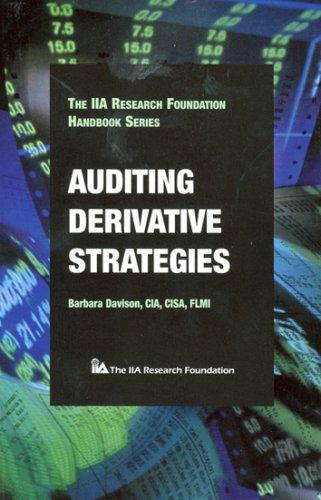Question 67 (1 point) Which of the following events shifts aggregate demand rightward? An increase in government expenditures or a decrease in the price level A decrease in government expenditures or an increase in the price level An increase in government expenditures, but not a change in the price level A decrease in the price level, but not a change in government expenditures Question 68 (1 point) Milton Friedman argued that the Fed's control over the money supply could be used to peg the level or growth rate of a nominal variable, but not the level or growth rate of a real variable. the level of a nominal or real variable, but not the growth rate of a real or nominal variable. the level or growth rate of a real variable, but not the level or growth rate of a nominal variable. both levels and growth rates of both real and nominal variables. Question 69 (1 point) In which of the following cases would the quantity of money demanded be smallest? Or-0.06, P-12 Or-0.05, P-10 Or-0.04, P-12 Or-0.06,P-10 Question 70 (1 point) During recessions taxes tend to rise and thereby increase aggregate demand. taxes tend to rise and thereby decrease aggregate demand. taxes tend to fall and thereby increase aggregate demand. taxes tend to fall and thereby decrease aggregate demand. Question 71 (1 point) Which of the following policies would Keynes's followers support when an increase in business optimism shifts the aggregate demand curve away from long-run equilibrium? Increase taxes Increase government expenditures Increase the money supply O Lower interest rates Question 71 (1 point) Which of the following policies would Keynes's followers support when an increase in business optimism shifts th aggregate demand curve away from long-run equilibrium? Increase taxes Increase government expenditures Increase the money supply O Lower interest rates Question 72 (1 point) Scenario 33-692 Imagine that in the current year the economy is in long-run equilibrium. Then the federal government reduces its purchases of goods by 50%. Refer to Scenario 33-692. In the long run, the change in price expectations created by the reduction of federal government purchases long-run aggregate supply left. long-run aggregate supply right. short-run aggregate supply left. O short-run aggregate supply right









